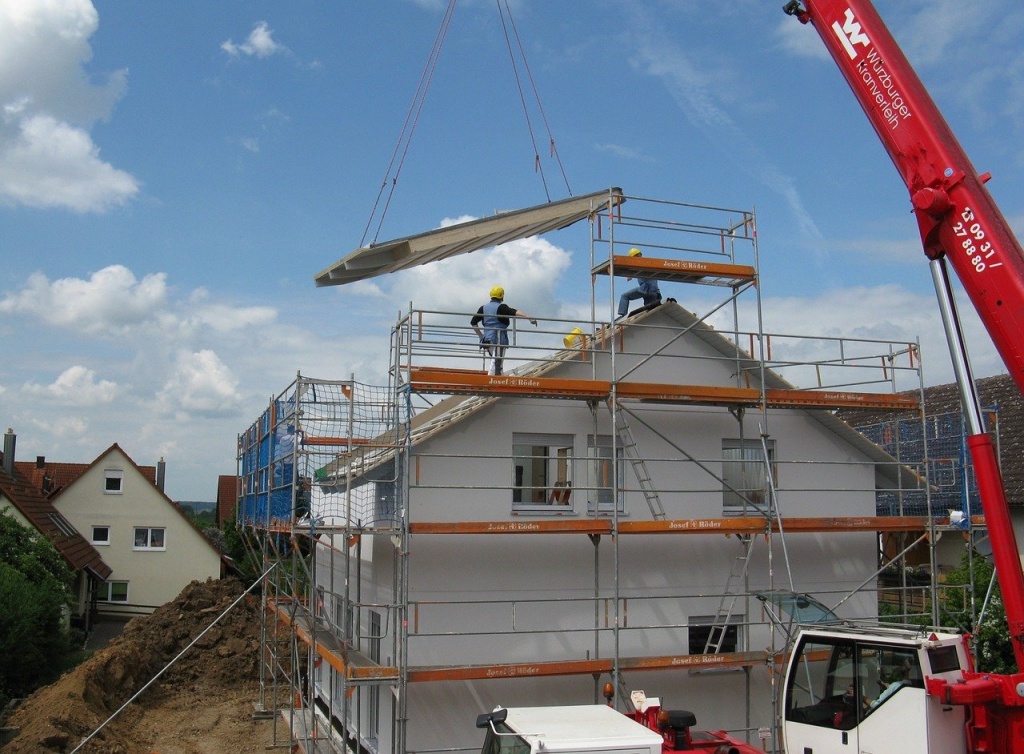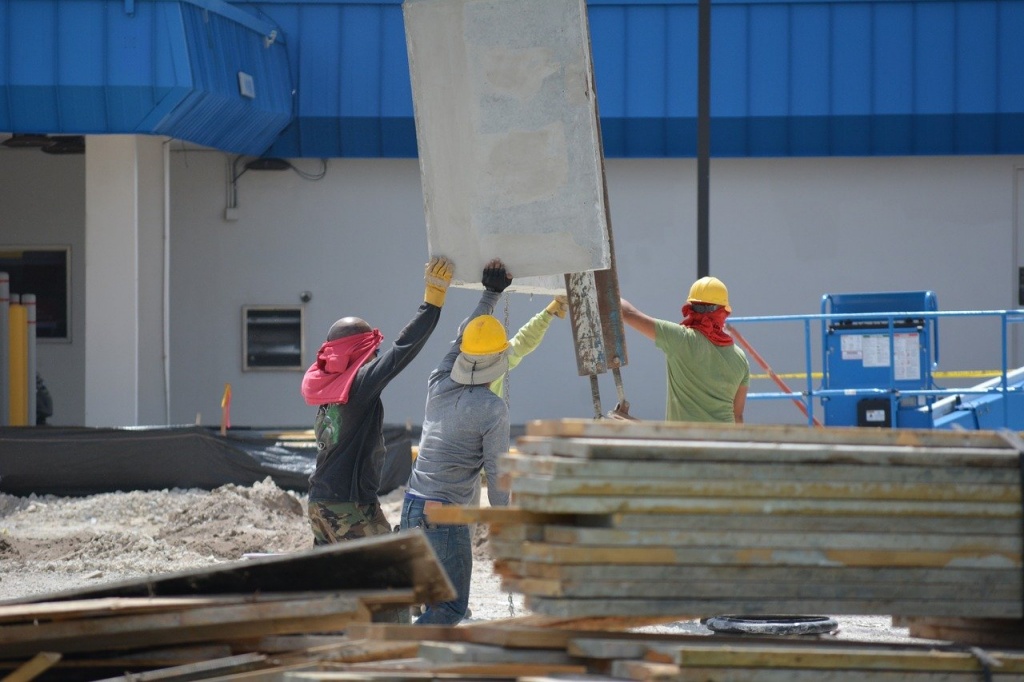|
Check out our new audio content!
Getting your Trinity Audio player ready...
|
By Leon McKenzie, CEO, US Probate Leads
As a professional real estate investor, keeping a pulse on the changes in the market can be the difference between having a profitable year and seeing losses in your business. Seeing these trends and knowing how to react to them can be one of the most critical skills for any individual working in the property business.
One of the most pronounced trends in the market recently has been the tightening of real estate inventory and, consequently, a shortage of leads. This trend has paralyzed many real estate professionals and prevented them from finding and making the deals that will take their business to the next level. The contributing factors to this problem come from many areas. Knowing a bit about the factors that are causing the issue will help you to navigate the current changes in the market.
Contributing Factors to Real Estate Shortage
There are a myriad of factors that may be affecting your real estate business and your ability to find good properties – both on the residential and the commercial side – that will lead to profits and excellent options for your portfolio. Alan Heavens of the Philadelphia Inquirer reported, “Research from the National Association of Realtors shows the U.S. needs to build 1.3 million to 1.7 million housing units annually to keep pace with yearly household formations averaging 1 million to 1.4 million, in addition to replacing the 300,000 obsolete dwellings that are razed each year. Statistics released two weeks ago by Freddie Mac, however, show that only 910,000 units were started in 2008 and 550,000 in 2009. Projected starts for 2010 are better, but just 700,000 units.”

Decreased construction means that more homeowners and business owners are staying where they are in terms of their location. Homeowners and business owners who would like to relocate to a new home or office space simply don’t have any options from which to choose. This means that people are more likely to pursue the option of remodeling or adding on space rather than going out into the real estate market and looking for a new residential or commercial property.
Heavens said that it can be challenging to try to predict how much space will be needed in any given year, “Predicting how much housing is needed involves a complex calculus that weighs hard statistics (new-home starts, sales of previously owned homes) against a certain amount of demographic tea-leaf reading (household-formation forecasts). Thus, there isn’t complete consensus on what will be enough. ‘At current levels of housing construction and demand, the nation has just about two years’ worth of excess vacant homes for sale and rent,’ said Moody’s Economy.com chief economist Mark Zandi.” Without additional construction, many homeowners and those looking for commercial space may find themselves frustrated.
Here are just a few statistics that support the issues with the current real estate market according to Heavens:
- “At the current sales pace nationwide, the supply of previously owned houses would take 7.8 months to exhaust, not including the vast “shadow market” (houses whose owners are waiting to sell until real estate recovers) and “distressed properties” (foreclosures and bank repossessions).
- The inventory of unsold new houses is at 9.1 months of supply, and the volume for sale is flat at 234,000 homes — a 30-year low.
- At the end of the fourth quarter, 24 percent of all U.S. homes with a mortgage were worth less than the loan balance. The housing vacancy rate in the fourth quarter was 2.7 percent.
- The U.S. homeownership rate is 67.2 percent, down from its peak of 69.2 percent in fourth-quarter 2004 and decimated by record foreclosures.”
Booming Populations Contribute to Shortage in Some Areas

With the population in the United States continuing to shift to areas with temperate weather, positive economic conditions and those that don’t have issues with fresh water supplies, some areas are seeing a boom in population that no level of construction can meet. Connor Hyde writes, “The Sugar Land and Missouri City area experienced a record number of home sales in 2014. However, population growth in the area paired with various construction woes has led to a low home inventory, causing a rise in home prices and a dip in sales since January. Since 2012 Sugar Land and Missouri City real estate agents have classified the area’s housing market as a seller’s market due to the decreasing inventory of available homes and climbing home costs. As a result, many of Fort Bend County’s master-planned communities are struggling to keep up with the demand brought on by the influx in population in the region.”
In fact, these changes to the market have driven up the prices of the homes that are currently on the market. Hyde quoted a local real estate agent, Shad Bogany, who has seen these changes first hand, “‘We have more customers than we have houses to sell, and we are getting multiple offers on houses,’ said Shad Bogany, a real estate agent with Better Homes and Gardens Real Estate in Sugar Land and Missouri City. ‘We do not have a lot of houses to sell, [and] we have the builders, who have been the biggest pushers of home sales in Fort Bend [County], behind in construction.’”
Issues with construction in population booming areas face a two-pronged challenge – not enough qualified workers for residential projects and not enough funding. Hyde writes, “Home developers and cities are competing with projects in the Greater Houston area, such as the construction of the new Exxon Mobil campus in Spring and the continued construction of the Grand Parkway. These major projects have contributed to the lag in home construction as there are fewer skilled laborers available. ‘That is exactly why we cannot keep up with building homes fast enough,’ Reichert said. ‘There are just not enough workers out there to build homes [and] builders struggle on a daily basis to find workers.’”

While all of the construction that is being completed in booming areas may seem like a good thing, there are also ancillary issues. Hyde writes, “The shortage in laborers and influx of construction projects has also led to an increase in the price of construction materials, which has directly caused housing prices to increase, Reichert said. Since 2011 material costs have increased by 11.7 percent and are expected to climb through June 2016, according to the national construction management company Turner Construction Company’s price index.”
Not only are homeowners faced with fewer properties to choose from and fewer new construction projects, but the new construction they do find may cost the average homeowner more money than they can afford to spend. With rising construction material costs, the associated increase in new construction prices may prove to be too much for homeowners. These homeowners may end up staying in their current home to avoid the problem.
Changes in Season Effect Inventory
Another contributing factor to the shortage in real estate inventory is the upcoming change in season. While spring markets generally show expansion as more and more property owners put their homes on the market, the opposite it true during the fall and winter months, especially in the cold weather climates. Said Lawrence Yun, “As winter approaches, inventory will slide further. Few homes are newly listed after Thanksgiving. Historically, inventory tends to be 15 percent lower in winter than summer. Last year’s seasonal decline was even more dramatic, at 25 percent. We hope we won’t see an inventory decline of that magnitude this winter. Home values rising much faster than income growth will markedly cut into housing affordability.”
The contraction in the market will pull many properties off of the market with buyers still looking to purchase homes. Being able to find a property during any time of the year is becoming a significant challenge for buyers who want to have several homes they can investigate.
Alternative Leads are the Solution

Is there a way to solve the lack of leads currently occurring in the real estate market? There is. For real estate investors who want to continue to profit no matter the market, looking to alternative leads is the best strategy. These leads – found in the probate, divorce and bankruptcy industries – are the best way for investors to find homes and commercial properties despite the shortage in the United States.
Probate leads are plentiful. With experts estimating that more than 30,000 probates are filed each month throughout the United States, each and every county has new options of homes, personal property, vacation homes and commercial real estate that are for sale. Executors, responsible for the sale of property held by someone who has passed, are under an obligation from their local court jurisdiction to sell the property in order to close the probate. What does this mean for you as an investor? For real estate investors, probate properties offer discounted prices, sometimes up to 30% to 50% off of current market prices, on homes and other property located in some of the most desirable areas of the region that you work in. Executors are generally eager to look at all offers for property as they need to sell the property in order to pay medical bills, taxes, legal fees and funeral expenses for their loved one.

Divorce and bankruptcy leads are also another way to find great deals on property. Usually governed by the local court system, these leads can also provide excellent options for discounted prices. With divorce and probate leads it is critical to have your attorney review all of your documentation especially during your first experience working in this market. The language used in the sales documents can be different that is used in traditional offers due to legal requirements. Ask your legal counsel to ensure that there are ways for you to exit divorce deals if the parties do not cooperate. As an investor it is not wise to have your deal stalled due to marital discord.
Accessing Alternative Types of Leads
The best way to access these alternative types of leads is to use a lead service that can help you to locate the most current and viable option for your business. U.S. Probate Leads, the industry leader in lead coordination, offers probate, divorce and bankruptcy leads in every county in the United States. Our qualified, trained professionals visit courthouses to collect the most up-to-date information on what types of property is available through the probate. Using an expert service will help you to save time on trips to the courthouse and give you more time to visit properties and make contact with Executors. We offer a full range of services, including webinars, seminars, books, communication software and even individualized mentoring. Call us today or visit us at www.usprobateleads.com for more information.
Sources:
http://communityimpact.com/2015/05/06/low-inventories-labor-shortages-contribute-to-rising-home-prices/
http://realtormag.realtor.org/news-and-commentary/economy/article/2012/11/seeds-housing-shortage

US Probate Leads
Leon McKenzie
Chief Operating Officer
Leon cofounded US Probate Leads more than 12 years ago and has witnessed its growth during that period from a one city lead provider in the probate space to the only national provider of probate leads for virtually every county in the country.
Leon likes to point out that US Probate Leads is the only company providing Probate-related Real Estate-related leads to Investors and Realtors based on data collected directly from individual probate courts in virtually every state. This has been achieved by building a National Network of Researchers that visit each county one time each month. Leon’s team processes this incoming data and makes it available to individual subscribers for their use in reaching out to highly motivated property sellers.

















